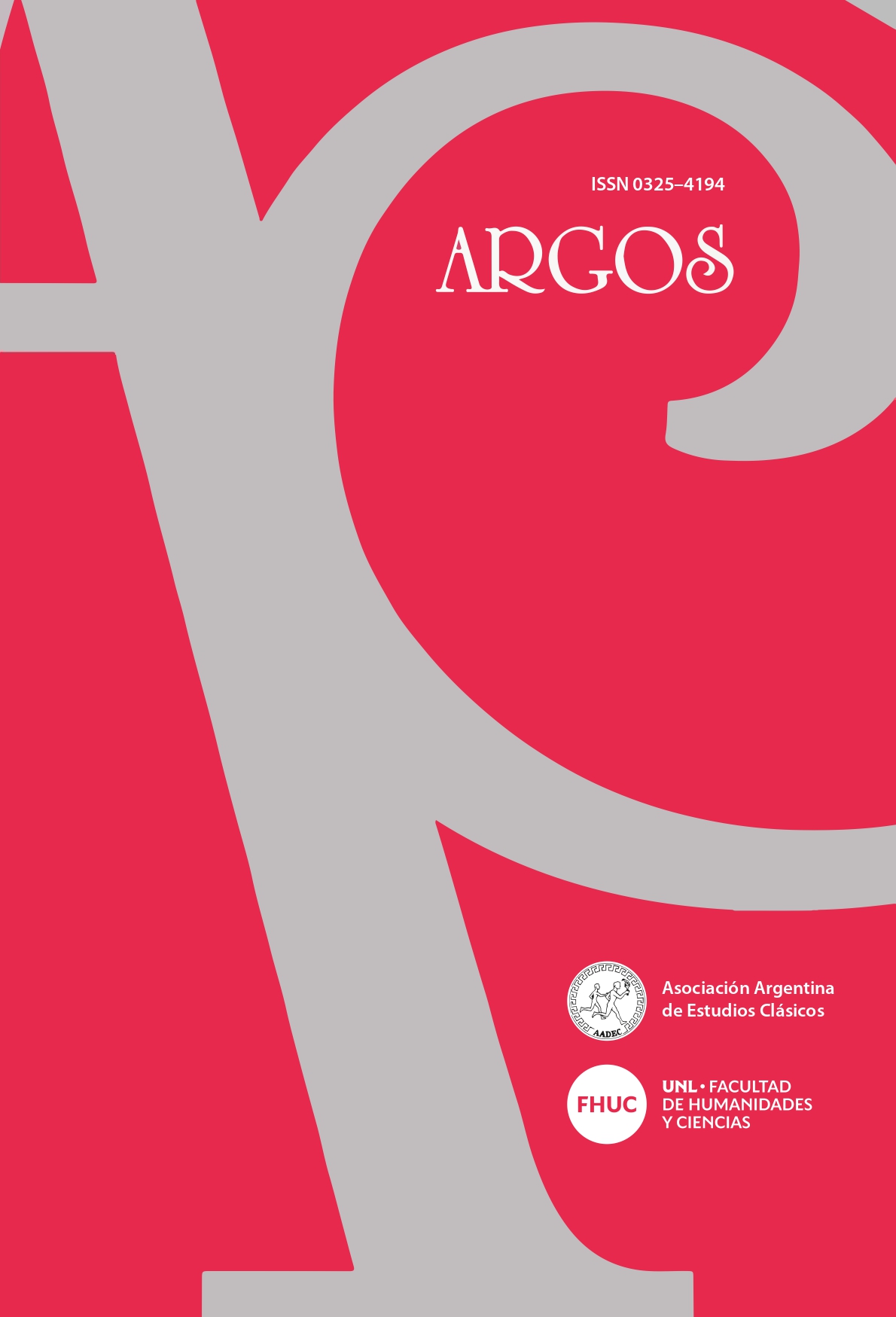Anthropomorphisms and names of God in The Gospel of Philip
DOI:
https://doi.org/10.14409/argos.2022.48.e0042Keywords:
Gospel, Sapiential, Valentinian, God, NameAbstract
The Gospel of Philip –the third place in the Codex II of the Library of Nag Hammadi– is composed of six other treatises arranged in chronological order as follows: The Apocryphon (secret book) of John (long version); The Gospel of Thomas; The Hypostasis of the Archons; On the Origin of the World (first copy); The Exegesis on the Soul and The Book of Thomas, the Contender. The Gospel of Philip is the most "sacramental" of the Gnostic gospels, since the five main rites: baptism, anointing, the Eucharist, redemption and the bridal chamber are directly mentioned as constituents of a single mystery. Those descriptions are preceded by anthropomorphisms of God, such as "dyer" and "man-eater", as well as by names assigned to divine realities which embrace an esoteric sense inherent to the Valentinian school.
References
Alcalá, M. (1992). El Evangelio copto de Felipe, Córdoba, El Almendro.
Charron, R. (2005). The Apocryphon of John (NHC II, 1) and the Graeco-Egyptian Alchemical Literature. Vigiliae Chritianae 59 (4), pp. 438-456.
Charron, R., Painchaud, L. (2001). “God is a Dyer”. The Background and Significance of a Puzzling Motif in the Coptic Gospel According to Philip (CG II, 3). Le Muséon 114, pp. 41-50.
Torallas Tovar, S. (2001). Gramática de copto sahídico. Madrid, Consejo Superior de Investigaciones Científicas, Instituto de Filología.
Zolla, É. (2003). Una introducción a la alquimia. Las maravillas de la naturaleza. Barcelona, Paidós.
Downloads
Published
How to Cite
Issue
Section
License
Copyright (c) 2024 Argos

This work is licensed under a Creative Commons Attribution-NonCommercial-ShareAlike 4.0 International License.



